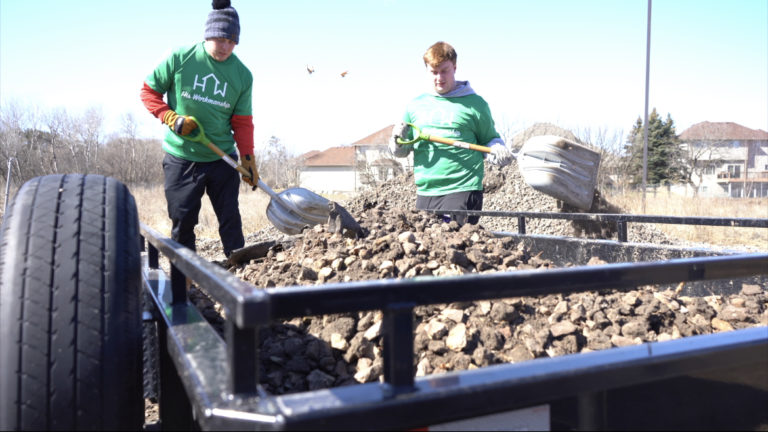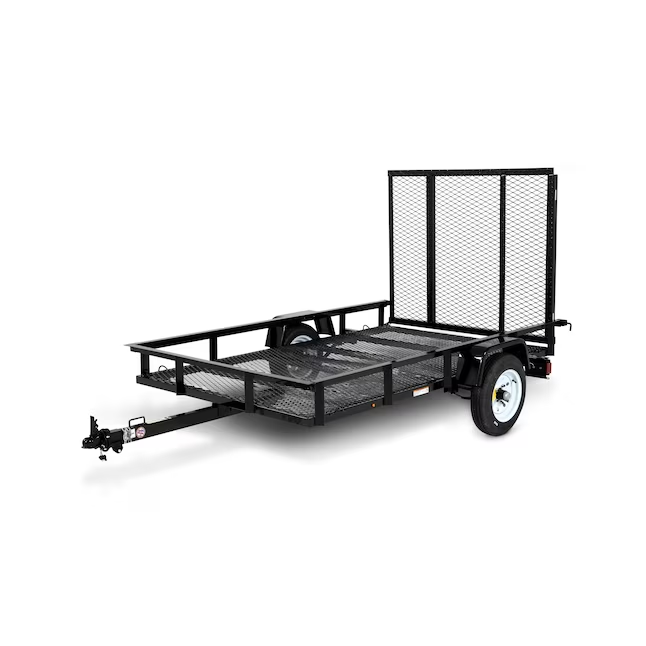Table of Contents
“The Ultimate Guide to River Rock Removal: Tips and Techniques” serves as an invaluable resource for anyone involved in the removal of river rocks from landscapes. This thorough guide delves into the intricacies of preparing and executing a rock removal project with precision and environmental care. It starts by outlining the essential preparatory steps needed to assess the project site and plan effectively. Detailed discussions provide insights into the best tools and techniques for both manual and mechanical removal, tailored to various project sizes and complexities. The guide also addresses the responsible handling, transportation, and potential repurposing of river rocks to ensure sustainable practices. Restoration strategies are explained to aid in the ecological recovery of the site post-removal. Moreover, it navigates through the legal frameworks and environmental considerations necessary for compliance and ecological preservation. Troubleshooting advice is readily available for overcoming common obstacles, making this guide an essential tool for ensuring successful and environmentally friendly river rock removal projects.
1) Assessment and Planning
In the “Assessment and Planning” emphasis is placed on the meticulous evaluation and preparation necessary to ensure a successful project. This segment instructs on how to conduct a thorough assessment of the landscape, detailing methods to map the area for river rock distribution, accessibility, and potential obstacles using tools like aerial photography and land surveying techniques. The planning process is outlined, highlighting the importance of devising a clear, actionable plan that includes scheduling, budgeting, resource allocation, and contingency strategies to address unexpected issues such as adverse weather or equipment malfunctions. It also covers the critical steps of securing appropriate permits and conducting environmental impact assessments to comply with local regulations and minimize ecological disruption. This foundational phase is vital for setting realistic project goals and timelines, ensuring that all logistical and legal bases are covered before actual removal begins.
2) Tools and Equipment
The “Tools and Equipment” section is a comprehensive resource detailing the various tools required for efficiently and safely removing river rocks. It categorizes equipment into hand tools, like chisels, shovels, and pry bars, which are essential for smaller projects or fine adjustments, and heavier machinery such as backhoes, excavators, and wheelbarrows, which are indispensable for large-scale removals. Each tool is described in terms of its specific use, with tips on the optimal techniques for leveraging these tools to minimize effort and maximize safety. The section also advises on the maintenance and care of equipment to extend its lifespan and ensure operational safety. Additionally, it discusses the environmental considerations of using heavy machinery, such as soil compaction and disruption, and offers solutions to mitigate these impacts. This part of the guide is crucial for equipping landscapers with the knowledge to choose the right tools for their project scale and complexity, ensuring efficient execution and worker safety.

3) Removal Techniques
The “Removal Techniques” section delves into the specific strategies and methods used to effectively and safely extract river rocks from various landscaping environments. It begins with a discussion on manual techniques that involve using hand tools such as picks and pry bars to loosen and lift rocks from the soil, ideal for smaller or more delicate removals where precision is necessary. For larger, more challenging projects, the section explores mechanical methods, recommending the use of machinery like mini-excavators and skid-steer loaders to handle heavier and more abundant rock. Key focuses include techniques for minimizing disturbance to the surrounding landscape, such as careful planning of the removal path and the use of protective ground coverings to prevent soil erosion. Practical tips on leveraging natural landscape features to facilitate removal and methods for sorting and stacking rocks during the process are also covered. This section is crucial for anyone needing to remove river rocks efficiently while maintaining the integrity of the landscape and adhering to safety standards. If you’d like to explore options about Landscape Rock Removal, then read our blog 3 Strategies For Landscape Rock Removal.
4) Transportation and Disposal
The “Transportation and Disposal” section provides detailed insights into the logistics of moving river rocks from the removal site to their new location or disposal area. It emphasizes the importance of planning efficient transportation routes to minimize costs and environmental impact, discussing suitable vehicles like dump trucks and trailers that can handle heavy loads safely. The guide also offers guidance on securing rocks during transport to prevent shifting and potential road hazards. When it comes to disposal, the section outlines responsible practices, such as recycling the rocks for use in other construction or landscaping projects, donating them to community gardens or parks, or legally disposing of them at approved waste management sites. Additionally, it addresses the environmental considerations and legal requirements involved in the disposal process, ensuring that readers are aware of how to handle river rock waste in an eco-friendly and compliant manner. This part of the guide is critical for ensuring that the removal, transport, and disposal of river rocks are conducted efficiently, safely, and within legal and environmental guidelines.

5) Restoration and Rehabilitation
The “Restoration and Rehabilitation” section focuses on the crucial steps needed to restore the landscape after the removal of river rocks. This part of the guide emphasizes the importance of soil rehabilitation techniques such as reintroducing topsoil and organic matter to enhance fertility and support new plant growth. It details methods for reseeding the area with native vegetation that can stabilize the soil and promote biodiversity, thereby mitigating the environmental impact of the removal process. Additionally, this section explores the use of erosion control measures like mulching and the installation of geotextiles to protect against water and wind erosion. The guide also discusses the long-term monitoring of the site to ensure the restoration efforts are successful and sustainable. This section is vital for anyone looking to not only remove river rocks but also to leave the landscape in a healthier and more stable condition than it was found, aligning with best practices in environmental stewardship and land management.
6) Legal and Environmental Considerations
The “Legal and Environmental Considerations” section is designed to ensure that all aspects of river rock removal are compliant with relevant laws and environmentally responsible. This section delves into the necessary permits and regulatory approvals required from local, state, or federal agencies, underscoring the importance of understanding and adhering to environmental protection laws that regulate land alteration and mineral extraction. It provides a detailed explanation of how to navigate the complexities of environmental impact assessments, including consultations with wildlife protection agencies and community stakeholders to mitigate any adverse effects on local ecosystems and community well-being. Additionally, this section advises on best practices for sustainable rock removal, emphasizing minimizing ecological footprints and promoting the recovery of the natural habitat post-removal. By addressing these legal and environmental considerations, the guide equips readers with the essential knowledge to conduct river rock removal operations that are legally compliant and ecologically sound, safeguarding both their projects and the environment.
7) Troubleshooting Common Issues
The “Troubleshooting Common Issues” section is a practical resource designed to help readers effectively address and resolve common challenges that arise during the removal process. This segment provides solutions for a variety of typical problems such as unexpected soil conditions that make removal more difficult, rocks that are larger or more embedded than anticipated, and dealing with waterlogged areas that complicate rock extraction. It includes advice on adjusting machinery settings, using alternative removal techniques, and implementing water management strategies to handle excess moisture. The guide also covers how to respond to equipment malfunctions, providing troubleshooting steps for common mechanical issues and tips on when to call in professional repairs. Additionally, this section offers strategies for minimizing disruption to nearby wildlife and handling public relations issues that may arise with local communities or environmental groups. By preparing readers for potential obstacles and equipping them with the know-how to tackle these issues head-on, this part of the guide ensures that river rock removal projects can proceed smoothly and efficiently.
Conclusion
“The Ultimate Guide to River Rock Removal: Tips and Techniques” offers an exhaustive resource that blends practical advice with strategic insights for managing river rock removal projects. Each section is crafted to not only facilitate effective and efficient rock removal but also promote sustainable and legally compliant practices. By adhering to the guidance provided, readers can ensure their projects are successful, environmentally sensitive, and beneficial to their communities. For more detailed information and tailored advice, visit our page on rock removal. For support on your next rock removal project, please feel free to reach out through our contact form, and our team will be happy to help.



